Images courtesy of Art Fair Philippines and issuu.com
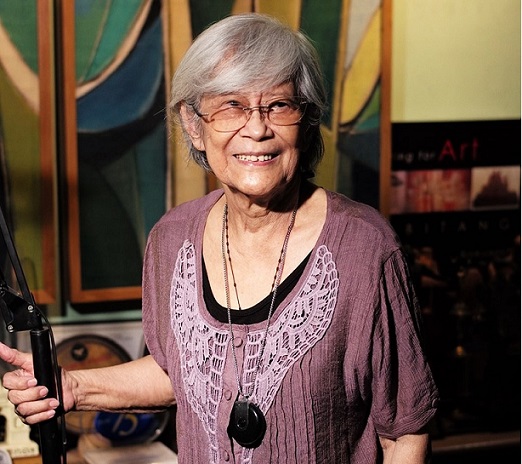

Painter, sculptor, printmaker, and arts educator, Rosario Bitanga (1934-2024) continued to paint until the end, at 89.
Considered as one of the first woman artists who pioneered abstraction and post-war modernism in the country, she finished preparatory law and fine arts (1958) at the University of Santo Tomas (UST).
Abstract expressionism
Art Fair Philippines 2023 honored Bitanga with a special exhibition titled Bitanga: Past, Present, Participant that aimed to reintroduce her to a wider audience through new and old works, from abstract painting to figurative ones (landscapes, still lifes, portraits), prints, and sculptures made of metal and terracotta.
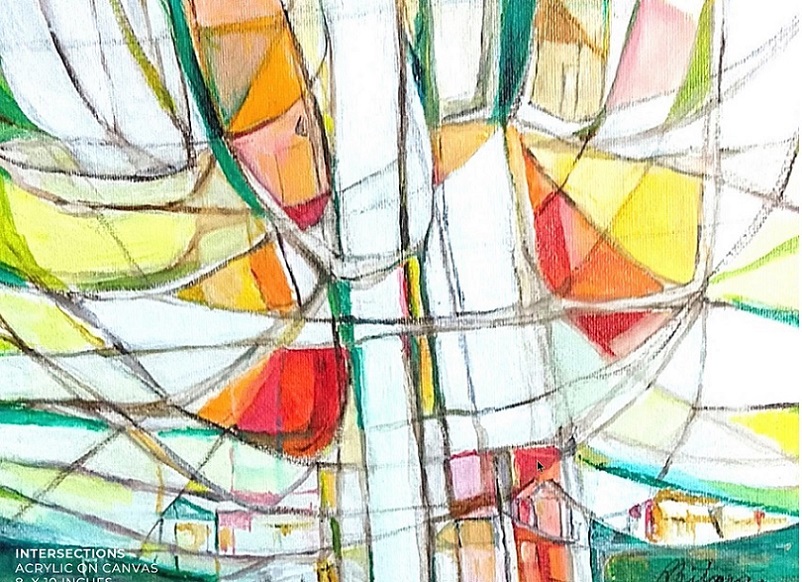

Evocative and atmospheric, her works draw upon the natural world, the four elements of Earth-Fire-Water-Air, into abstract movements and emotions that form the core of her artmaking. Motion is everywhere in geometric, organic, and free style forms: tropical sunshine, silvery moonlight, verdant trees, autumn leaves, shimmering water. Vibrant colors in hues of orange, blue, and green mesmerize the viewer into a state of contemplation.
In her solo exhibit in 2022 titled Likha at Leon Gallery, she deals with birds, sunflowers, orchestral compositions, the state of her mind, a blue bottle, a floating apple, moonlight on rooftops, a song, the self — all abstracted expressions of experience creating a new reality of its own.
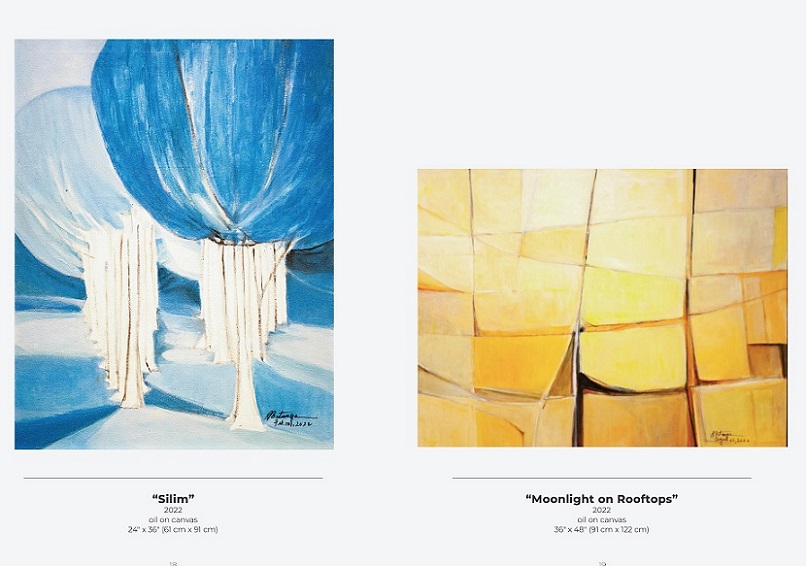

UST and Cranbrook
Her interest in drawing and painting started early; when she was in high school in 1952 at the Philippine Women’s University, she enrolled in a painting course taught by Araceli Limcaco-Dans and attended free art lessons given by the Art Association of the Philippines (AAP). While doing pre-law in UST, she cross-enrolled in a summer sketching course in 1955 at UST’s School of Fine Arts, under Diosdado M. Lorenzo (1906-1983).
Her UST fine arts professors included Diosdado M. Lorenzo and Vicente Manansala who both taught Landscaping, Galo B. Ocampo in Design and Color, Victorio Edades in Art History, Francesco Riccardo Monti in Modelling and Sculpturing, and Antonio Garcia Llamas in Life Sketching and Portrait.
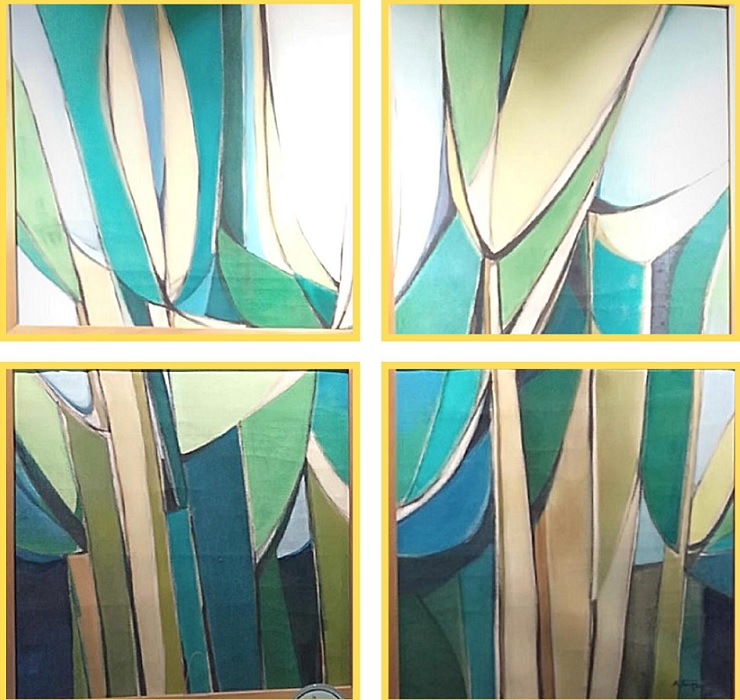

She earned an MFA (Master of Fine Arts) in 1960 from Cranbrook Academy of Art in Michigan, United States, where Jose Joya and Napoleon Abueva had preceded her.
In Cranbrook, she was under the tutelage of the artist-in residence, the American painter Fred Mitchell (1923-2013), who belonged to the New York School of abstract expressionists whose influence was felt all over the world in the 1950s. Mitchell encouraged Bitanga to develop her own style and do things differently. Before Cranbrook, Bitanga was painting traditional figurative images and Filipino genre themes.
During her first term at Cranbrook, she made Galloping Horses (1959) that captures intense movement through line, shape, and color, inspired by watching a horse race. It won third prize in the abstract category at the annual art competition by the Pontiac Society of Artists in Michigan in 1959.
In a group show of 21 artists in 1961 at the well-known Luz Gallery participated by the foremost artists of the day (e.g., Arturo Luz, Jose Joya, Constancio Bernardo, Ang Kiukok, Lee Aguinaldo, Hernando Ocampo, Cesar Legaspi, Mauro Malang Santos, Jerry Navarro, Fernando Zobel, and Napoleon Abueva), Bitanga displayed her Coda that marked the first documented public exhibition of an abstract painting by a woman artist in Manila.
Alice M.L. Coseteng described Coda (1961) in Manila Chronicle “as bold, daring, the total image seems to be cold petrified flames, radiating from the deep center…suggestive of a mobile force.” Bitanga signed it with her newly-married name that caused some confusion and some people started congratulating Jesus T. Peralta, her husband.
Later, H.R. Ocampo approached and advised Bitanga to sign her own name as a professional name in her works which she did all the way to her last painting.
Active in the visual arts community, she became dean of the fine arts department of Philippine Women’s University (PWU).
Jesus T. Peralta, a former National Museum director, has written his wife’s biography that gives a detailed account of Rosario Bitanga’s childhood and early life as an artist.
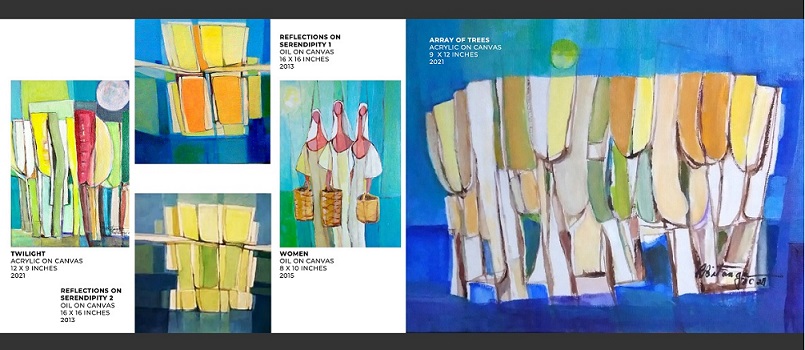

Awards and recognition
Bitanga started painting in high school; her first national award for painting was in 1957, winning third place with a painting titled Encore in the Shell national student art competition. In 1958, she won first prize in AAP’s water color landscape painting, with a work titled Modality.
In 1960, she received the Art Association of the Philippines (AAP) award for sculpture in its 13th annual art exhibition.
In 2004, UST awarded Bitanga The Outstanding Thomasian Alumni Award, only the second UST alumni in the field of arts to receive this award, UST’s highest honor for an alumni.


